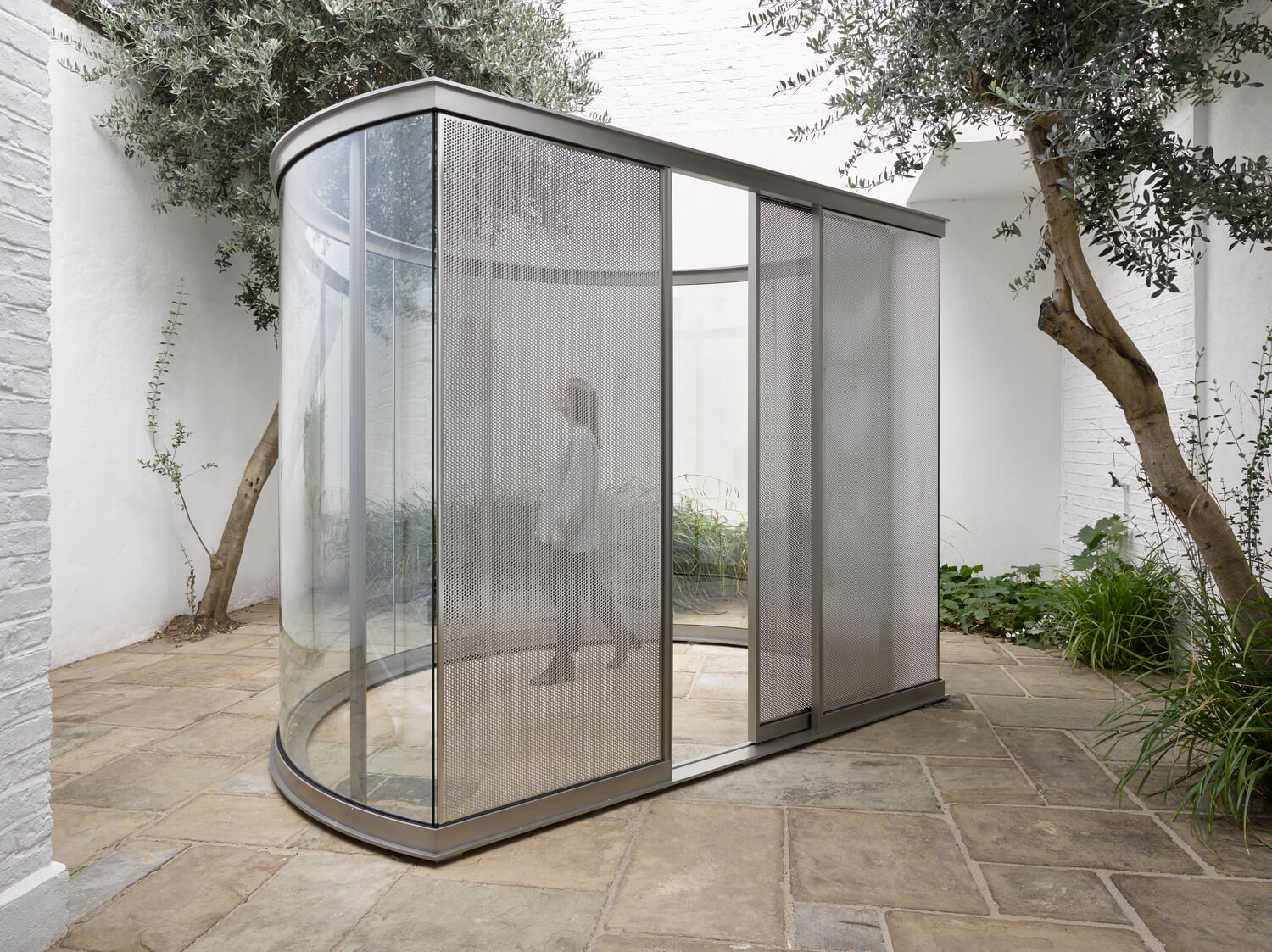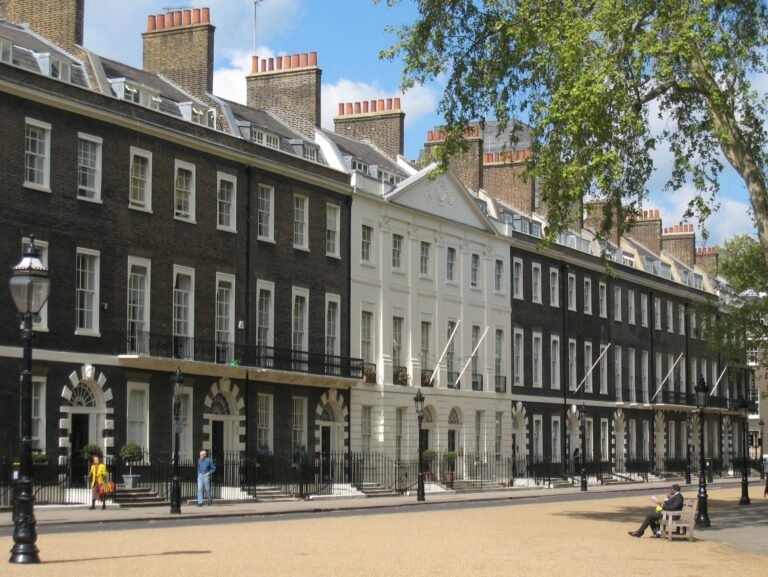Artist, sculptor, and designer Dan Graham passes away at 79
Conceptual and performance artist, pavilion designer, sculptor, curator, essayist, and all-around renaissance man Dan Graham passed away at his home in New York City on February 19. He was 79.
The four galleries representing Graham—Lisson Gallery, Marian Goodman Gallery, 303 Gallery, and Regen Projects—jointly confirmed his death in a statement but declined to disclose the cause.
Born March 31, 1942, in Urbana, Illinois, Graham took an atypical path to an art career that would see him become a contemporary of Tony Oursler, Donald Judd, Sol LeWitt, and other 1960s conceptual artists who laid the groundwork for the medium’s proliferation. Raised in New Jersey from the age of 3. Graham decamped for New York in 1964 to establish the John Daniels Gallery when he was 22. Here, he showed the work of artists he would later count as his peers. Graham never received an education past high school and was entirely self-taught as an artist but eagerly soaked in information and went out of his way to learn more.

Although Graham worked across mediums including photography, video, poetry, collage, and text, the central focus of his work from the 1970s onward—and what drew him the most acclaim—was his series of steel-and-glass pavilions.
Graham often described himself in interviews as an architect, and his pavilions, alternating between straight lines and sinuous curves, clear and mirrored glass, dividers and openings, used the built environment to great effect while blurring the line between sculpture and structure. In 1976, Graham debuted one of his first such installations, Public Space/Two Audiences, at the 37th Venice Biennale, dividing a viewing room with a piece of soundproof glass and splitting participants between viewers and those under observation.
That would mark the start of Graham’s continued experimentation with the form, and his exploration of space and surveillance was so successful that he presented three more times at the Venice Biennale and once at the Venice Architecture Biennale, a rarity for an artist. In 2014, Graham continued the tradition of dropping challenging structures on the roof of Manhattan’s Metropolitan Museum of Art, installing Hedge Two-Way Mirror Walkabout in collaboration with landscape architect Günther Vogt and creating a labyrinth from two-way mirrored glass that trapped viewers with their own reflections—while placing those same visitors under observation from the other side.

This is just a death announcement and AN will follow this story with a more in-depth remembrance from those who knew Graham. Aside from his art, Graham was a prolific writer (and AN contributor) on everything from rock music to astrology to urban architecture to the contrasts between postmodern and modernist architecture.



